Producers
-
Description:
Thank you to importer Louis/Dressner for this profile:
(Click here for more Roilette insight on LDM's website)
The Clos de la Roilette, a lieu-dit in the village of Fleurie, covers nine hectares of one of the best slopes in the Beaujolais Crus. The clos has an eastern exposure, borders the Moulin-à-Vent appellation, and produces wines that are beautiful when young and have the capacity to age 5-10 years, depending on the vintage.
In the 1920’s, when the Fleurie appellation was first created, the former landowner was infuriated with losing the Moulin-à-Vent appellation under which the clos had previously been classified. He created a label, using a photograph of his racehorse Roilette, and used the name Clos de la Roilette without mentioning Fleurie. The owner vowed not to sell a drop of his wine on the French market and the production went to Switzerland, Germany and England.
By the mid-1960s, the owner’s heirs had lost interest in the clos and a large portion of the land had gone wild and untended. In 1967, Fernand Coudert bought this poorly maintained estate and replanted the vineyards. His son Alain joined him in 1984, and has been the winemaker since.
The Couderts say their particular terroir (mainly clay and manganese), and the age of their vines account for the richness of their wine. It has a deep blackcurrant color with a hint of purple, a restrained nose of crème de cassis, a rich, full mouth with aromas of cassis, black cherries, and a nutty character, and finishes with zesty acidity. This is a wine that ages gracefully and takes on the aromatic character of a Pinot Noir.
With the 1998 vintage, the Couderts introduced a new wine, "Cuvée Christal" (recently renamed "Cuvée Christie") which is lighter and meant to drink younger. A few years later, they started a selection of old vines cuvée. They call this "Cuvée Tardive", meaning that it needs more aging time and has even greater longevity than the regular Fleurie cuvée. Finally, the most recent addition is a wine called "La Griffe du Marquis", made from the same old vines that produce "Cuvée Tardive" but vinified and aged exclusively in Burgundian barrels.
Image: Region:
Region: -
Description:
Clos des Fous was founded in 2008 by Pedro Parra, Francois Massoc, Paco Leyton and Albert Cussen. The four friends were tired of hearing that Chilean wine was all boring, industrial, green and overripe so they set out in search of the Dark Side of the Moon. Francois and Pedro are longtime friends, akin to brothers, and both have spent much time abroad making wine and working vineyards in Europe. Pedro has a Masters degree in precision agriculture and a Ph.D. for his work with terroir, and currently consults as a terroir specialist around the globe in Argentina, Oregon, Italy, France, Spain, Georgia, Croatia and beyond working with world renowned vignerons like Jean Marc Roulot.
The Clos des Fous philosophy is to produce exciting wines from grapes grown in extreme terroir with minimal intervention in the winery. They own and manage vineyards in Malleco, Guarilihue, Alto Cahapoal and Western Aconcagua, which allows them to produce a variety of wines and work with multiple iterations of Pinot Noir, Cinsault, País, Cabernet Sauvignon, Chardonnay and Riesling at their winery in Cauquenes, Maule. This is one of Chile’s most innovative, inspiring and authentic wineries, producing some of the most exciting wines in South America.
This profile and tasting notes were edited from the Brazos Wine website, along with the pictures used. For more information please visit: Brazos
Image: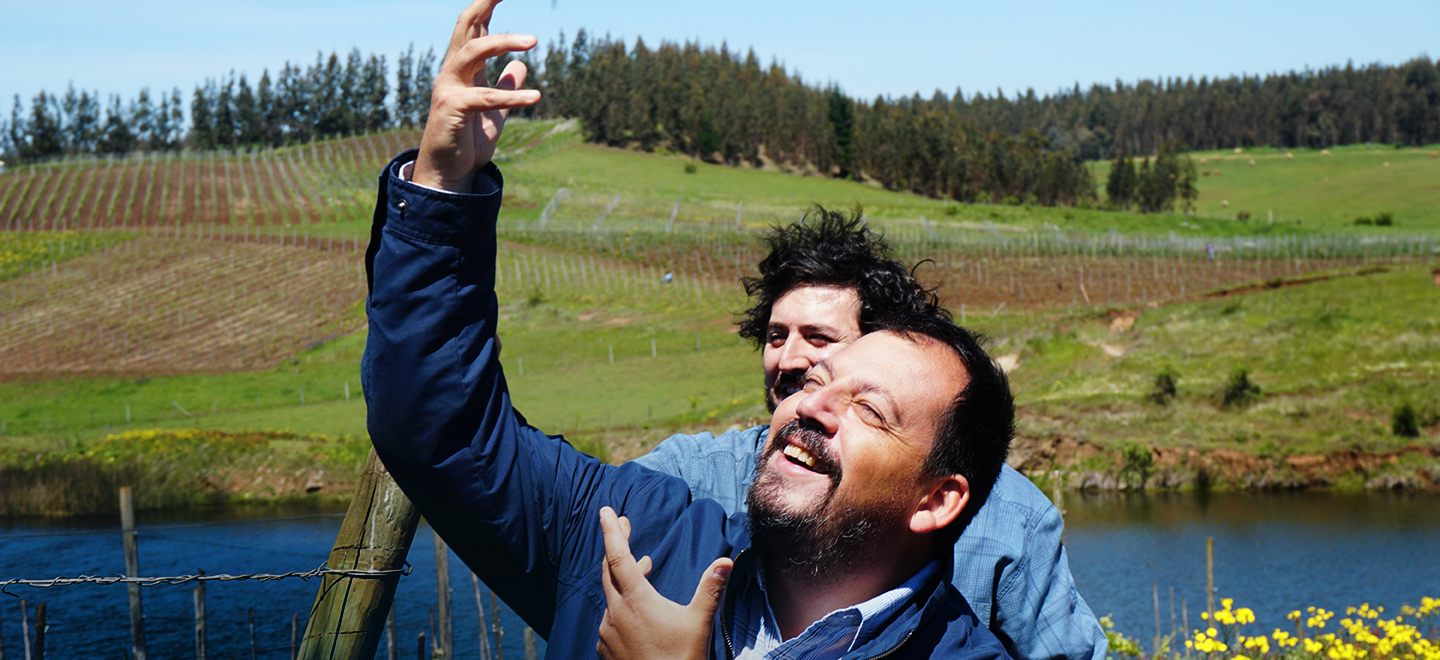 Region:
Region: -
Description:
Way up in the northern reaches of the Sierra Foothills, Gideon Beinstock and his wife, Saron Rice, produce small batches of wines that are unlike anything else coming out of California. Using traditional techniques and strict organic methods both in the vineyard and the cellar, they make tiny amounts of Pinot Noir from their two and one-fifth acre home vineyard as well as a variety of unique blends from five and a half acres of nearby leased vineyards that they farm as well.
The vineyards are densely planted, about 2,500 vines per acre, and are dry farmed wherever possible; yields range from as low as one ton per acre and maxing out around two. Because their area is free of phylloxera, their vines are all “own-rooted” and some are over thirty-five years old.
Their vineyards are harvested in repeated passes through the vines (typically from three to eight times), picking only clusters as they begin to soften, to determine perfect ripeness. The grapes are foot-stomped in open-top bins allowing the vineyards' indigenous yeasts to conduct the fermentation. For the blends, the grape varieties are all co-fermented as Gideon believes the results are better integrated. The wines are then aged on lees in five- to twenty-five-year-old French oak barrels for as long as he feels is needed before being bottled, unfined and unfiltered, with minimal use of sulfites. Production is often around one hundred cases or less per wine.
Over the past thirty-five years, Gideon has been involved in almost every aspect of the wine industry: sales, writing, purchasing, educating, and a sixteen-year-long stint as winemaker for Renaissance. It is at Clos Saron, though, where he has tapped into something rare: wines that are challenging, surprising, and yet instantly gratifying. They happily defy description and convention without forgetting that, at its core, a wine should be a pleasure to drink.Image: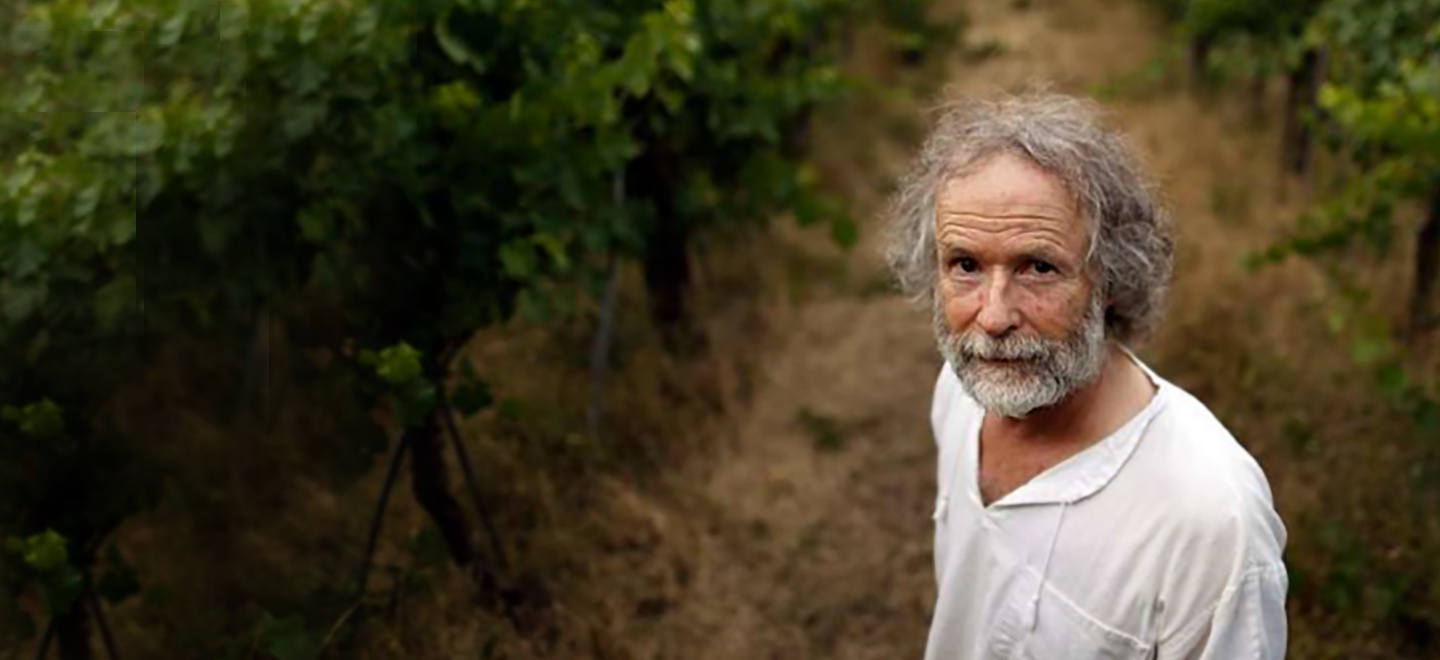 Region:
Region: -
Description:
Thank you to importer Louis/Dressner for this profile of Closel:
(Click here for more Closel insight on LDM's website and here for the winery's own website)
Château des Vaults in Savennières dates back to 1495, and was inherited by Michèle de Jessey in 1962 from her childless aunt Madame du Closel. Michèle and Jacques de Jessey turned the small family estate into Domaine du Closel. The entire vineyard is located on the most western hill of Savennières and includes some of the best parcels in the AOC: Les Caillardières and Clos du Papillon. The topsoil is shallow, very warm and consists of purple/green schist and sandstone enriched with volcanic rocks (quartz, phtanites, ryolites and spilites) in the best areas.
Evelyne de Pontbriand, Michèle and Jacques' daughter, took over the estate in 2001 after a first career of teaching French literature to adults all over the world. As a lover of botanics and nature, she quickly adopted organic viticulture, which continues to be an experimental learning process. She is constantly searching for cultural practices best adapted to the austere terroirs of Savennières and has deeply changed vinification practices in the cellar. Vinification is done very naturally and with indigenous yeasts; sulfites are only added in tiny doses when needed. The wines are raised on lees from 12 to 26 months. The rhythm of fermentation is always respected.
Today the entire estate has been converted to organic and biodynamic practices in order to best express the different terroirs, each producing unique, original and delicious wines. With the help of a Belgian geologist Valerie Closset, all of her parcels have been inventoried and analysed to understand them better (which ultimately led to each cuvée sharing the name of the parcel it came from). A lot of energy has recently been focused on understanding and dealing with fungal illness in the vines. For esca, replacements are done in two phases: the first consists of planting the rootstock.
About two years later, a selection massale of Chenin is grafted from a healthy vine. New plantations are done with material from Lilian Berillon, the first and only organic pépinieriste in the world. (http://www.lilian-berillon.fr/).The other experiments have focused on pruning: new plantations are pruned in the ancient style of gobelet, allowing the vine to grow bunches all around and have more exposure to sun and wind. Instead of being cut, the growing branches are now gently wrapped around the top wire. Evelyne believes that foliage thinning is traumatic to the vines, as leaves are the plant's vital organs. She has quickly noticed a change in the aromatic palate of the wines. Much focus has also been dedicated to soil work. Different plants, such as cereals and cloves, have been used as green fertilizers; the idea is to let indigenous vegetation grow in order to reestablish an authentic biodiversity in order to help fight insects and pests.
When not making delicious wines, Evelyne enjoys pairing them with her friend's cheeses, cooking the garden’s vegetables with Loire fishes, reading, travelling to visit other vineyards, and promoting the Savennières AOC (of which she is president).
Image: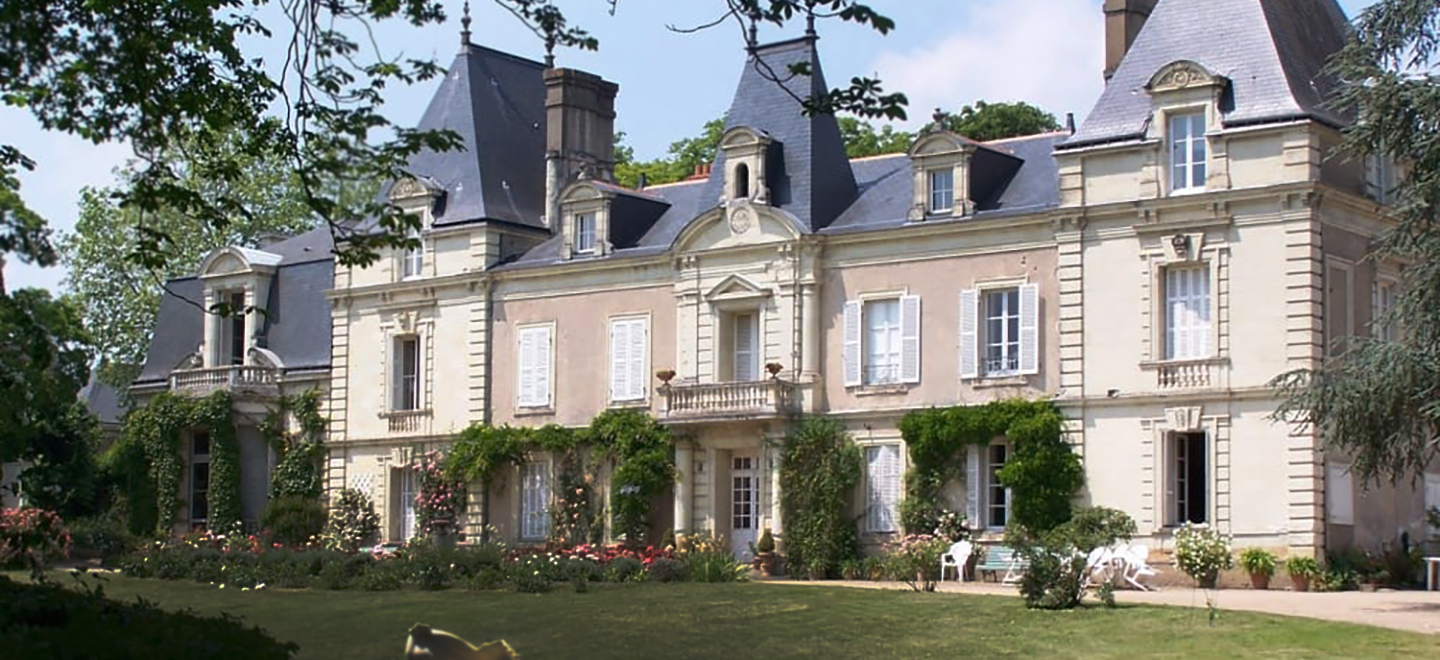 Region:
Region: -
Description:
Philippe Collin, a native of Champagne, moved to Limoux in 1980 to establish his own domaine. Though his family has made Champagne for generations, the opportunities in this sought after (and extremely expensive) area were very limited. With a deep understanding of terroir and considerable technical expertise, he decided to try his luck in the South of France. The area of Limoux offered Philippe a unique opportunity: vineyard land in Limoux is just a fraction of the cost of vineyard land in Champagne and, most importantly, the microclimate in Limoux is especially well suited to white wine and sparkling wine production. Located a couple of hours inland from the Mediterranean, it is the coolest area in the Languedoc. In fact, Limoux is among the earliest areas in the world to be known for producing sparkling wine, and records show sparkling wine being produced in the area as early as 1531. The primary grape for sparkling wine in Limoux is Mauzac. Though at its best Mauzac can produce a nice sparkling wine, the bulk of wine made from Mauzac can be very green and uninteresting. Since Philippe is more interested in quality than in bulk production, he planted the majority of his vineyards with traditional grapes of Champagne- Pinot Noir and Chardonnay- as well as quite a bit of Chenin Blanc, which in this climate serves to balance the wine.
Image: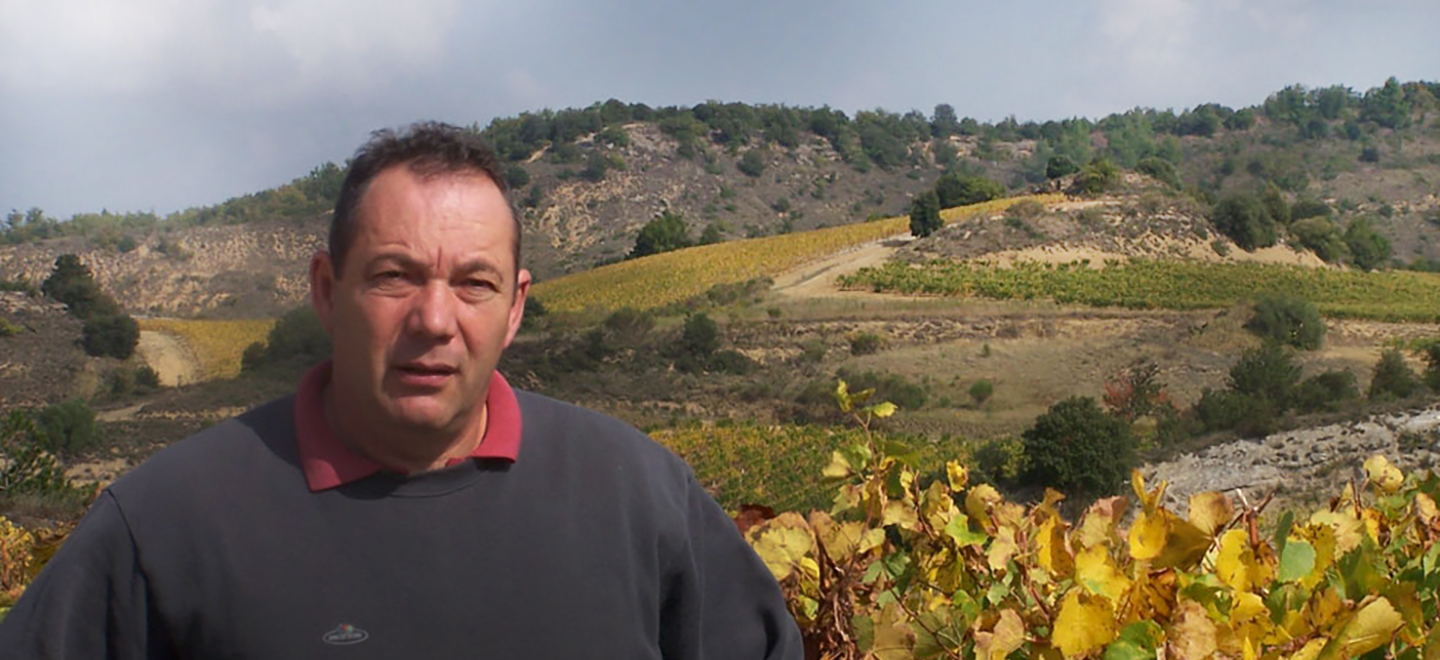 Region:
Region: -
Description:
Thank you to importer Louis/Dressner for this estate profile:
(Click here for further Combel La Serre insights from Louis/Dressner)
Julien Ilbert is a young, charismatic vigneron with a fresh perspective on his native Cahors. Vines have been in the Ilbert family for generations, though grapes had always been sold to the local cave coopérative. In 1998, Julien decided to break off and start his own estate. Things didn't exactly go according to plan, and a chance meeting with Mathieu Cosse at a rugby match quickly led to a seven year relationship, with Julien being Mathieu's main source for high quality Auxerrois (aka Malbec, aka Côt).
After an amicable split in 2005, Julien was back on track to producing his own wines: Château Combel-la-Serre was born. 25 hectares of Auxerrois are planted on a diverse amount of terroirs, all within 5 kilometers of the cellar. Though a Cahors wine only needs to be 70% Auxerrois to get the appellation, Julien believes it is the only grape suitable for what he's trying to accomplish. In such he has consciously avoided planting the traditional Negrette and Tannat and completely eschewed the more recent trend of planting Bordeaux varietals.
The estate is certified organic as of the 2015 vintage, but chemicals have not touched the vineyards for quite some time. Everything was conventionally farmed from the advent of such technology, but the death of Julien's grandfather from Parkinsons deeply affected the family's agricultural philosophy. Convinced that the chemicals he'd openly exposed himself day in and day out were at the root of his illness (on top of the vines, an additional 40 hectares of cereals were worked by the family at the time), the Ilbert stopped using these products on their land.
The wines have also evolved in the decade since Julien launched his own estate, culminating in what we now get to enjoy in our glasses. Though you should never judge a book by its cover, Julien has made the decision to design playful labels and bottle the wines in Burgundian bottles, two seemingly superficial details that are actually a very bold statement in the ultra-traditional mindset of most Cahors producers.
Image: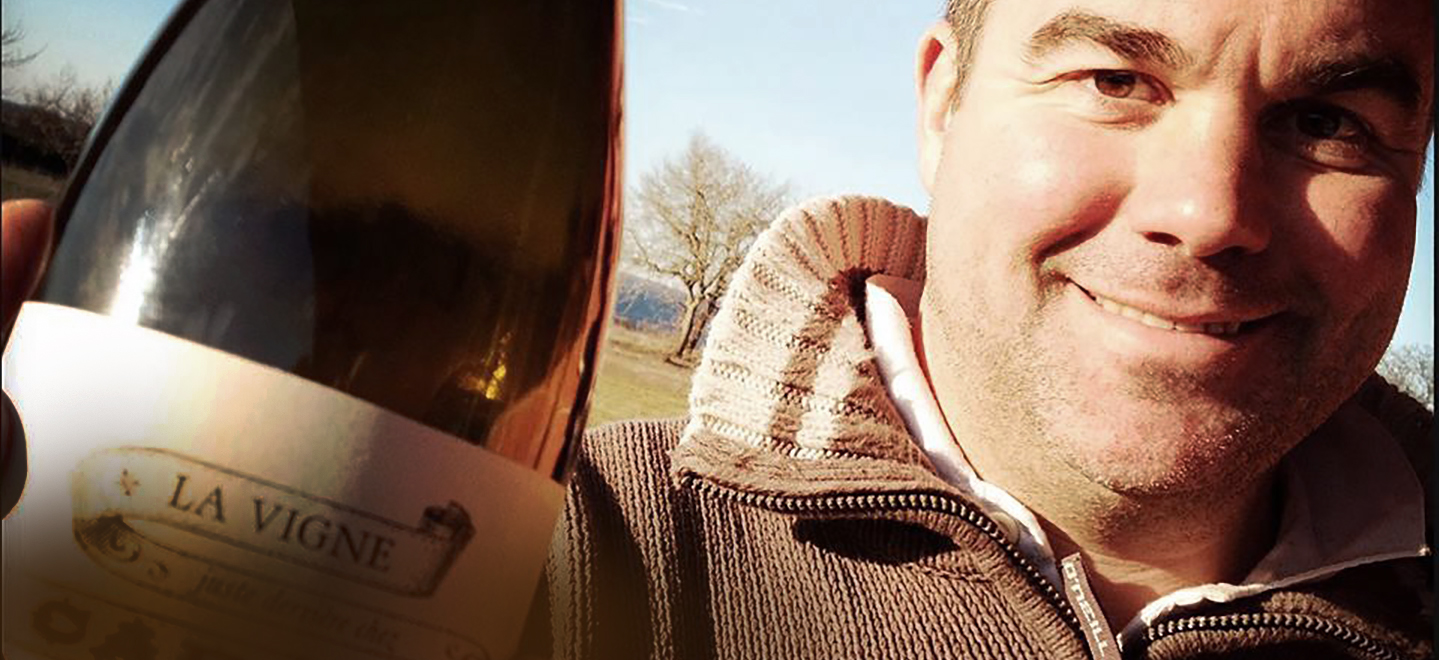 Region:
Region: -
Description:
Chiara Condello is a young winemaker located in the town of Predappio in Emilia-Romagna, specifically Romagna. Emilia and Romagna are lumped together into a broader administrative region, but from the fall of the Roman Empire until the unification of Italy, they had always been separate in history, culture, and dialect.
Chiara owns seven hectares of land, 4.8 of which are planted to Sangiovese, and the rest are split between woods and olive trees. Her family also makes wine in Predappio under their own label called Condè, but Chiara works in her own way, with her own vineyards and own cellar. Her first vintage was 2015, and in short time she’s combined her bright-eyed enthusiasm with a clear vision of what her Sangiovese should be.
Romagna is no stranger to Sangiovese; many ampelographers believe it originates here and not in Tuscany. Predappio is one of twelve villages that give their names to Sangiovese subzones authorized as of the 2011 vintage. It is located in the foothills of the Apennines, and is characterized by a sedimentary soil called spungone, which is relatively young (three million years old, from the Pliocene epoch). It contains abundant, intact shells of marine life, often quite large, and is chunky and porous, held together by a calcareous sandstone “cement.”
A Romagna Sangiovese with an authorized subzone on the label must be 95% Sangiovese, with lower yields and more stringent aging requirements compared to a regular Romagna Sangiovese. Chiara’s two wines—a ‘normale’ and a Riserva called Le Lucciole—are both 100% Sangiovese and go above and beyond what is required by the appellation. Farming is organic since the beginning, making use of cover crops and the occasional application of horse manure. In the cellar, Chiara draws inspiration from the late Giulio Gambelli, often using open-top fermenters with extended maceration (sometimes with whole clusters), and a preference for aging in large neutral vessels. The results show the nuances and energy that Sangiovese lovers can’t live without!
This is only the beginning for Chiara; we’re happy to be a tiny part of what will inevitably be an exciting journey.
BOWLER E-Zine Issue 1 | Q4 2020: Chiara Condello and the Sentience of Animals
Image: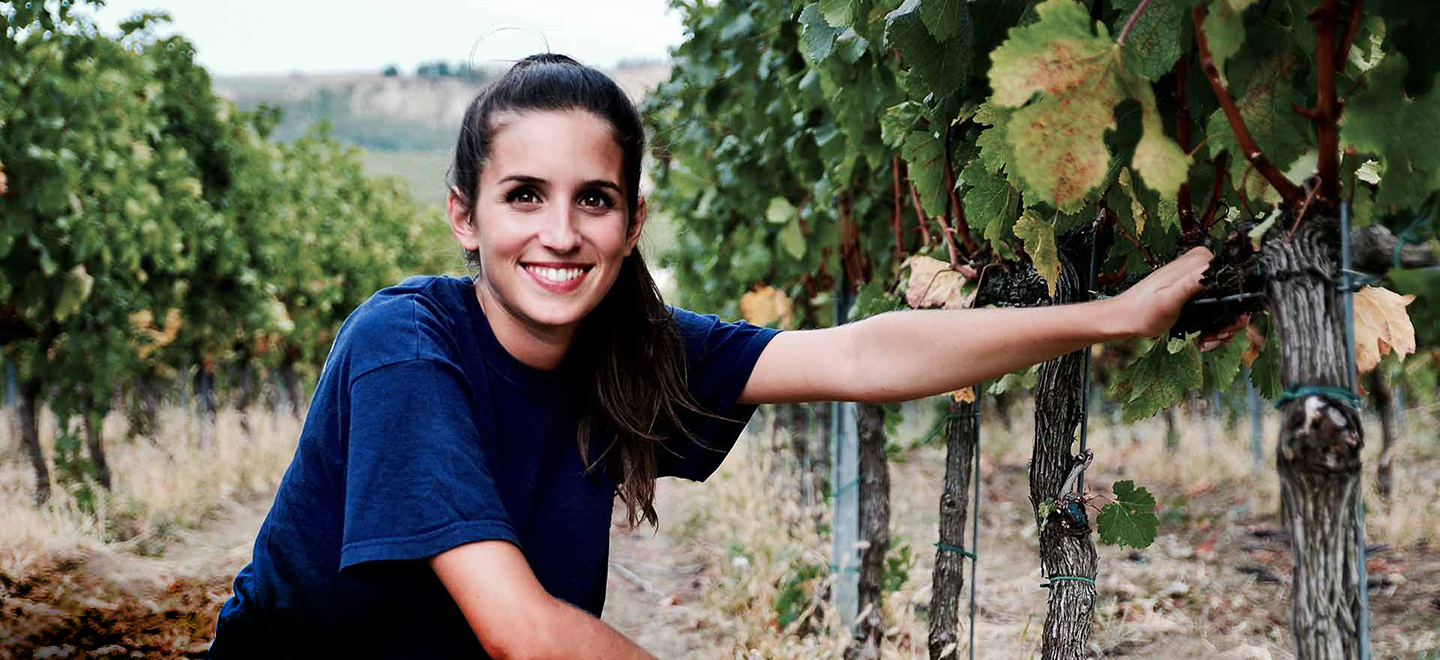 Region:
Region: -
Description:
Giuseppe Fortunato, an engineer turned farmer, and his wife, Sandra, live in Pozzuoli, Campi Flegrei, in the province of Naples, Campania. Their tiny farm— consisting of an apiary and 2 hectares of vines, with another 2.7 hectares that are leased from a relative— is a sanctuary of agricultural peace amidst the urban sprawl of Naples. The vines were extant when Giuseppe’s father bought the property in 1980. Their vineyards, planted entirely to ungrafted vines of Falanghina and Piedirosso, are located at between 90 and 110 meters above sea level and are rich in sand, clay and silt (quartz & feldspar) above a base of igneous rock.
The area itself is remarkable; the Campi Flegrei (Phlegraean Fields) DOC is a large volcanic area of craters and thermal springs, all of which are the remains of an immense underwater volcano that had Pozzuoli at its center. The Romans believed this area to be the mythological home of the Roman god of fire, Vulcan. Even now, one can visit the Solfatara crater, with its active fumaroles. Because phylloxera could never embed itself in the volcanic soils of the Campi Flegrei, Contrada Salandra’s vines are planted piede franco, on their own roots.
Practicing viticulture and beekeeping is an act of resistance in these parts, where the tiny vineyards must compete with real estate developers. Giuseppe does his best to maintain biological diversity in these beautiful organic vineyards that overlook the sea, which is a mere 2km as the crow flies. The Falanghina is trained using guyot training while the Piedirosso is trained to pergolas known locally as pergola pozzuoli or sylvoz.
For a nice video on Contrada Salandra and a few more words of enthusiasm (in Italian), click here.
Image: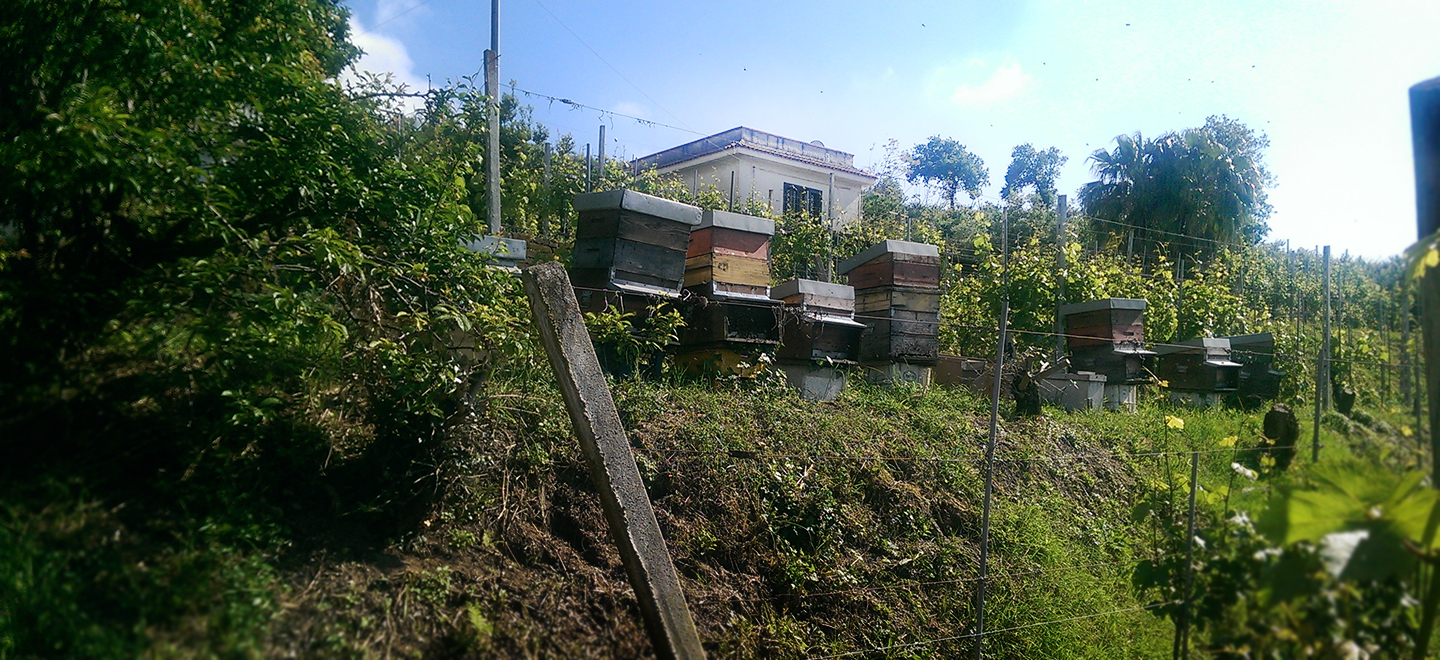 Region:
Region: -
Description:
Cora is an exciting proprietary label made for Bowler Wine. The wines are fresh, fun, uncomplicated, yet they overdeliver and satisfy our exacting standards!
Unlike many private labels in our market, which often come from 'tank farms' in the North, blending fruit from myriad sources, our Cora comes from a single winery partner in Abruzzo. They use 100% estate-grown fruit, including some older vines planted in pergola abruzzese.Certified sustainable farming:
NO herbicides
NO pesticides
NO irrigation
YES to limiting copper use
YES to avoiding soil compactionCertified carbon neutral--all electricity use at the winery comes from 100% solar and wind power.
Certified Vegan--no animal-derived products are used in winemaking.
We are proud to present Cora, which we believe represents the best of everyday drinking without compromise.
Image: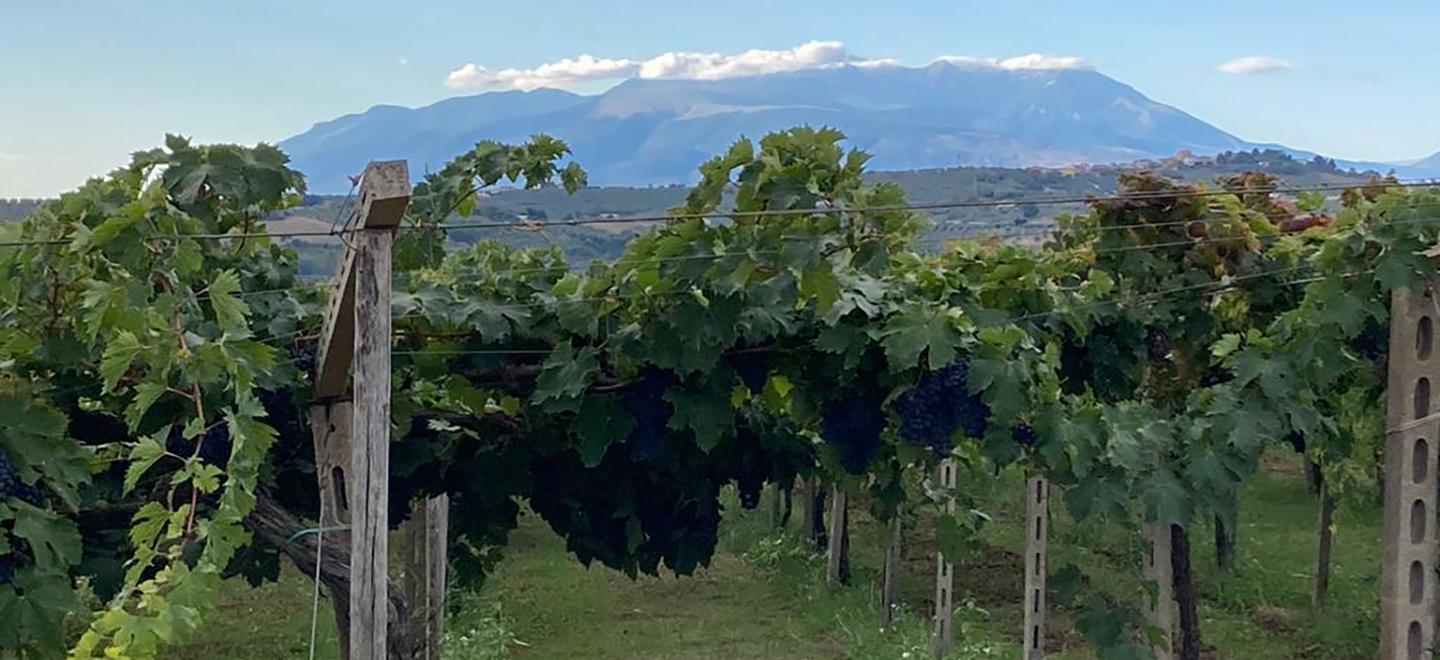 Region:
Region: -
Description:
Crealto is the creation of husband and wife Eleonora Costa and Luigi Armanino, originally from Genoa. In their former life, Eleonora was an audiologist and Luigi an engineer. Looking for a change of scenery and lifestyle, and already in love with traditional Piedmontese varieties, they responded to a promising real estate ad which led them to purchase 4.5 hectares of vineyard land from a man named Carlo Quarello. Little did they know at the time that Mr. Quarello was dubbed "the Master of Grignolino" by Luigi Veronelli, one of Italy's preeminent wine writers. Veronelli collected and aged Quarello's wines, made from this isolated vineyard outside the village of Alfiano Natta, in the far north of the Monferrato zone. There is not a monoculture of vines here, and only a few like-minded young producers working naturally. Eleonora and Luigi made their first vintage in 2008.
The vineyard sits at 350m in elevation, and consists of 2 hectares of 60-year-old Grignolino, as well as 3 hectares of Barbera and 1.5 hectare of Nebbiolo, both of which are 20 years old. The site was known as the Crè Alto (Crè is Piedmontese dialect for chalk). The estate is certified organic and all harvesting is done by hand. In the cellar the use of SO2 is kept to a minimum, with small amounts added after racking. The wines are often kept in tank for an extended period and released later than their peers. Since 2013, Crealto has declassified their wines in order to avoid the appellation’s tasting panel from interfering in their process.
They also run an agriturismo with creative local fare (adding a few Genovese touches, of course) and a guesthouse.
Image: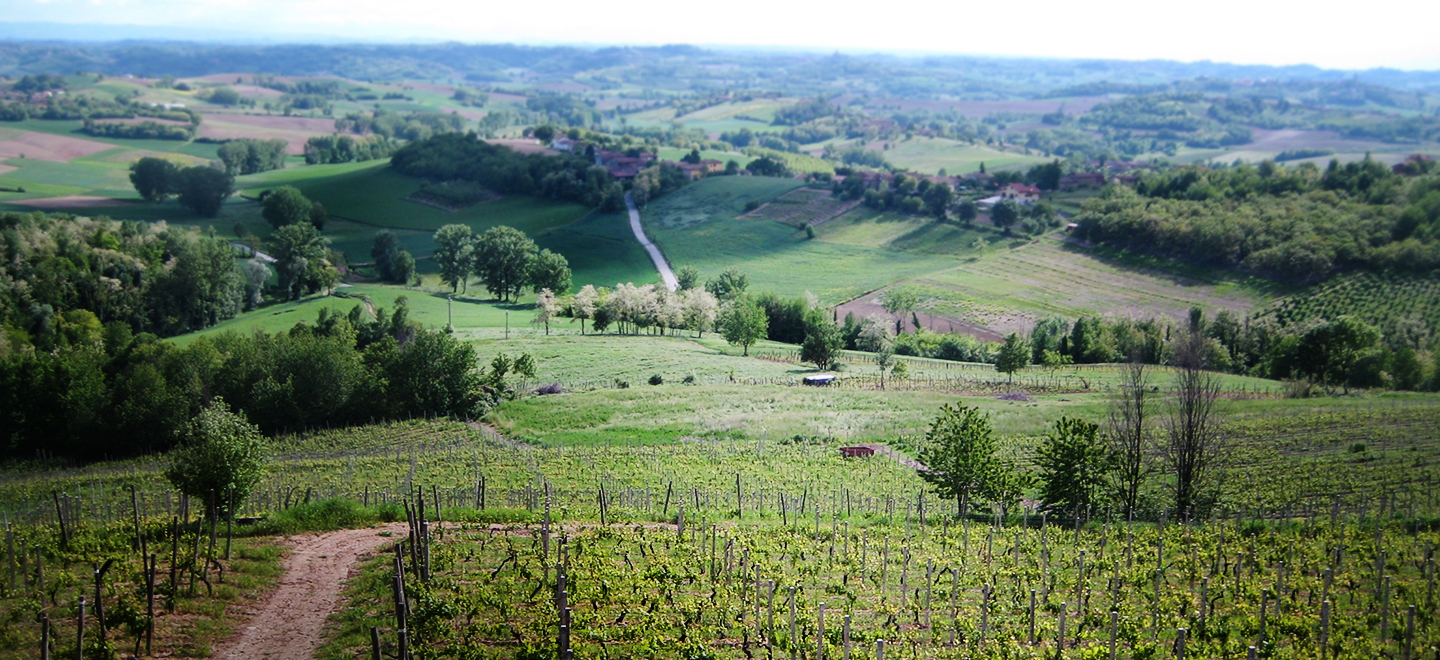 Region:
Region: